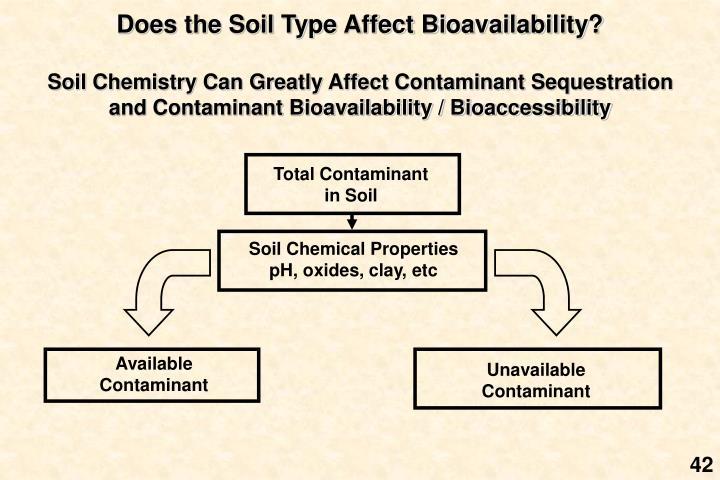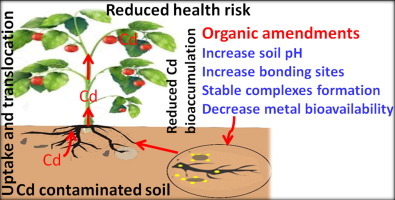Soil Chemistry Terminology and Key Concepts: **
**Lets break down some soil chemistry terms... this stuff comes in handy when trying to understand what's going on with contaminants in your soils, how likely they are to move around and cause harm, and what to do about them! ** You can learn way more about each of these concepts through activities and expanded info on this great website through the US Dept. of Agriculture: Soil health assessment.
Adsorption: to adhere or become attached (for instance, become attached to a soil particle)
Solubility: how likely a contaminant will dissolve in water and how fully it will
Mobility: how mobile/ movable a contaminant is in the soil... Will it move when water flows through, will it move into roots and up into plants?
**Binding: **become attached chemically, or immobile/not likely to dissolve in water or uptaken by plants
pH - a measure of acidity (low pH) or basicity (high pH). This number indicates, on a scale of 0 to 14, the acidity/alkalinity of a solution like soil. If the pH is 7, it is neutral. A number above 7 is alkaline or basic; a number below 7 is acidic. This measurement is important because of its relationship to the availability of plant nutrients and bioavailability of contaminants. Most plants prefer a neutral soil, somewhere in the range of 6 -- 7. Keeping your pH neutral helps to make nutrients available to your plants, it also helps to "lock-up" heavy metals in your soil, making them less available to your plants.
**Organic matter: **refers to the plant and animal materials that exist in the soil-- the remains of what was once alive. It is important to be constantly adding organic matter to improve soil structure and replace micronutrients that plants need to thrive, and can also help reduce exposure to some contaminants and increase the likelihood that others will stay 'bound' up in the soil.

****Biological Availability (bioavailability):
The bioavailable portion is the amount of a substance (heavy metal or chemical) that can cause direct effects on plants, animals or humans because it can be taken up by their bodies. Usually, not all of a contaminant found in soil is biologically available, and may be only a small fraction of the total amount. Site conditions affect how tightly the contaminant is held by soil particles and its solubility (how much of it will dissolve in water). Greater solubility usually means that more of the contaminant is bioavailable, but this also means that the contaminant is more likely to leach out of the soil. Other soil characteristics and site conditions that affect the bioavailability of a contaminant include:
♦ Soil texture and clay content ♦ pH (acidity) of the soil ♦ Moisture levels
♦ Amount of organic matter in the soil ♦ Temperature ♦ Presence of other chemicals

0 Comments
Login to comment.